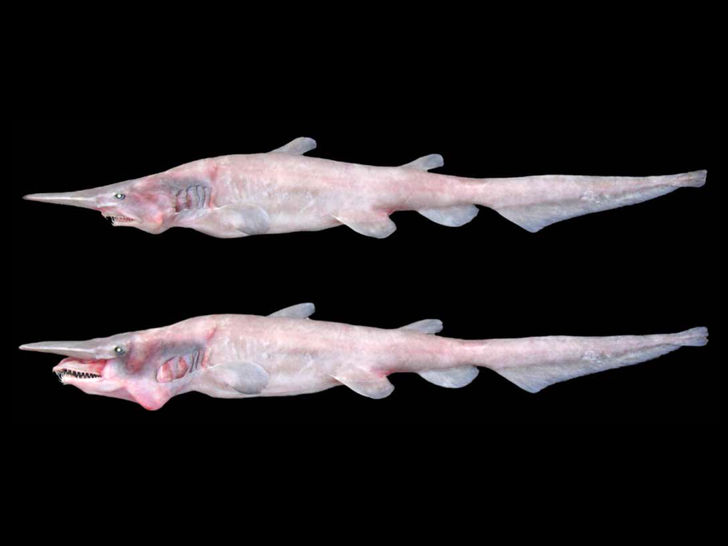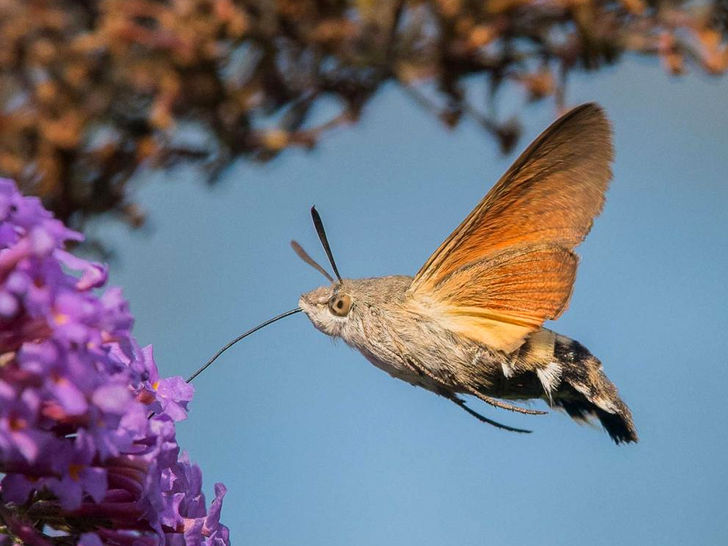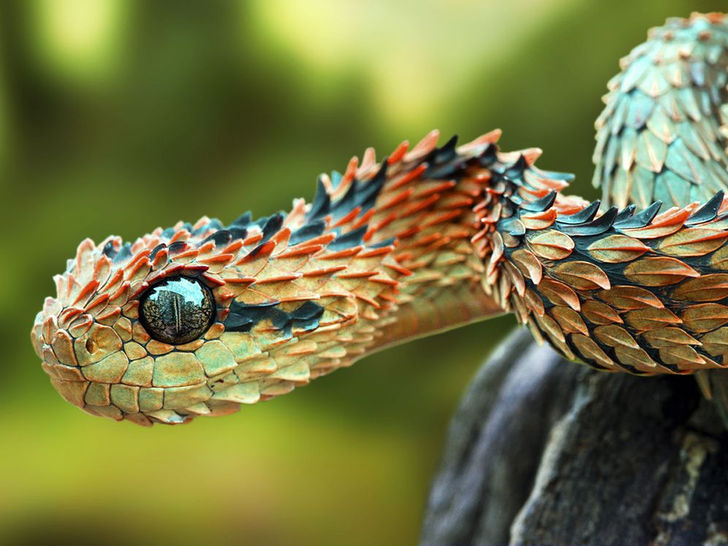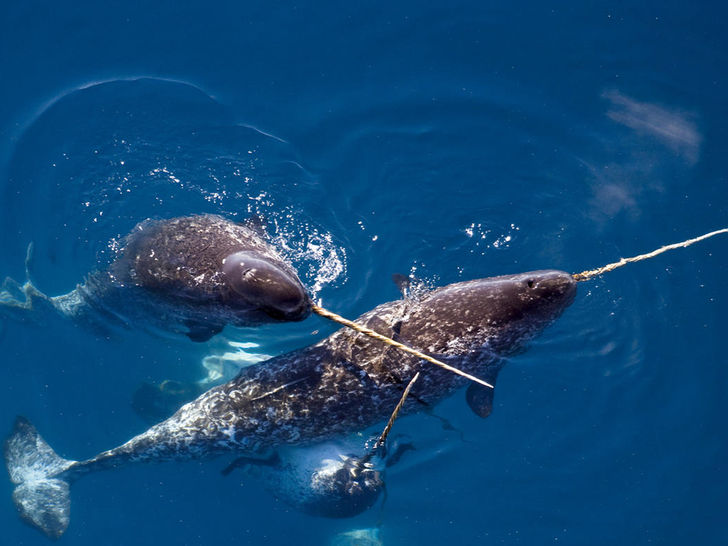10 animals you did not know exist

Some animals are now extinct because of human cause or change in the environment. the origins of these strange animals, which are now almost extinct or are very few in numbers and people are not even aware of them.
Posted On April 21st, 2021

Goblin Shark
The Goblin Shark is a fascinating species living on the open sea from a surface to at least 4265 feet deep (1300 m). Scientists claim that goblin sharks come only to the surface at night and spend most of their lives in the dark, as do many deep-sea creatures. The species is known for its bullying looks and its ability to completely release the jaws while it feeds.

Panda ant
Though these black-and-white pests are classified as velvet ants, they are actually Chilean wasps. The panda ant bears an eerie similarity to the classic Chinese bear, with its fluffy black-and-white body, white head, and black-ringed eyes.

Humming Bird Hawk Moth
The Humming-bird Hawk-moth is similar to Bee hawk moths, but it has orange-brown hindwings that are visible in flight. It has greyish-brown forewings and a black and white checked body. Caterpillars can be found from June to October, but are most common in August. They actually grow as adults in unheated outbuildings as well as crevices and holes in walls and trees, reproducing asexually in a cocoon spun near to the ground, among the foliage of the foodplant, or in leaf litter.

Blue Parrotfish
They have a uniform blue coloration with a yellow dot on their heads that fades with age. They range in length from 30 to 75 centimetres (12 to 30 in), with a maximum length of 1.2 metres (3 ft 11 in). They, like other parrotfish, grow a big "beak" for scraping algae and small organisms from rocks. They have pharyngeal teeth that grind the rocks they eat into the sand. As adults, no other animal has this consistent blue coloration. They weigh approximately 9.1 kilogrammes (20 lb).

Bush Wiper
Atheris is a genus of venomous vipers commonly referred to as bush vipers. They are only present in tropical sub-Saharan Africa (excluding southern Africa), and several species have scattered and fragmented distributions due to their reliance on rain forests. They have several similarities to the arboreal pit vipers of Asia and South America, demonstrating convergent evolution. Currently, seventeen species are known.

Shoebill
The shoebill, which is better and well known as the whalehead stork, whale-headed stork, or shoe-billed stork, is a large stork-like creature. It gets its name from its massive shoe-shaped bill. It has a rather stork-like overall shape and was previously classified in the order Ciconiiformes with storks based on this morphology. However, genetic evidence suggests that it belongs to the Pelecaniformes. Adults are mostly grey, whereas juveniles are browner. It lives in vast swamps in tropical east Africa, from South Sudan to Zambia.

Okapi
The okapi, also known as the forest giraffe, Congolese giraffe, or zebra giraffe, is a central African artiodactyl mammal native to the northeast Democratic Republic of the Congo. While the okapi has zebra-like striped markings, it is most closely related to the giraffe.

Thorny Dragons
The thorny devil, commonly known as the mountain devil, thorny lizard, thorny dragon, and moloch, is a lizard genus in the Agamidae family. The species is only found in Australia. The genus Moloch contains only one species. It can reach a total length of 21 cm, with females being slightly larger than males.

Narwhal
The narwhal, also known as the narwhale, is a medium-sized toothed whale with a thick "tusk" formed by a protruding canine tooth. It spends the entire year in the Arctic waters surrounding Greenland, Canada, and Russia. It is one of two living whale species in the Monodontidae family, the other being the beluga whale.

Saiga Antelope
The saiga antelope is well suited to the harsh conditions of Central Asia's semi-desert grasslands, which are among Eurasia's last remaining wilderness areas. These rare antelopes have a distinctive broad, bulbous nose and used to live in huge nomadic herds, but their numbers are now dwindling and they are critically endangered.

